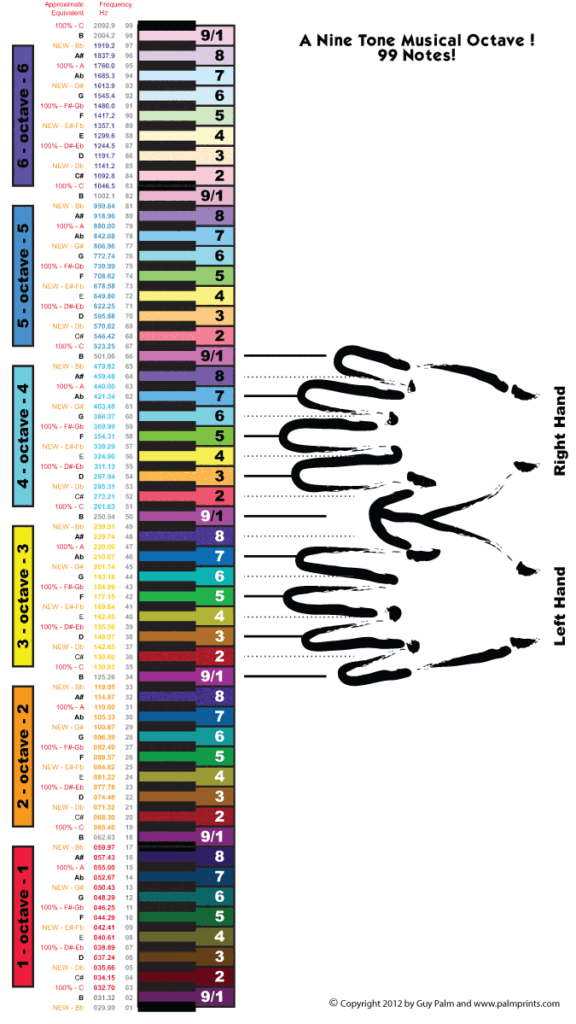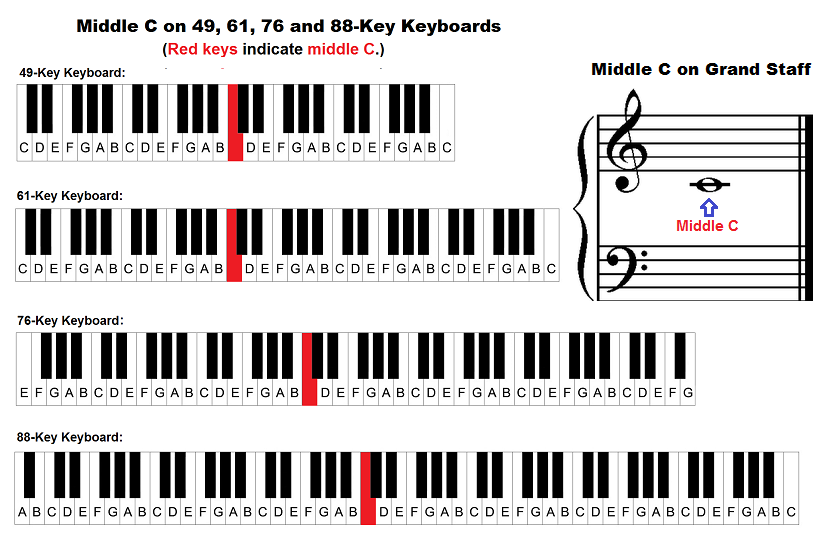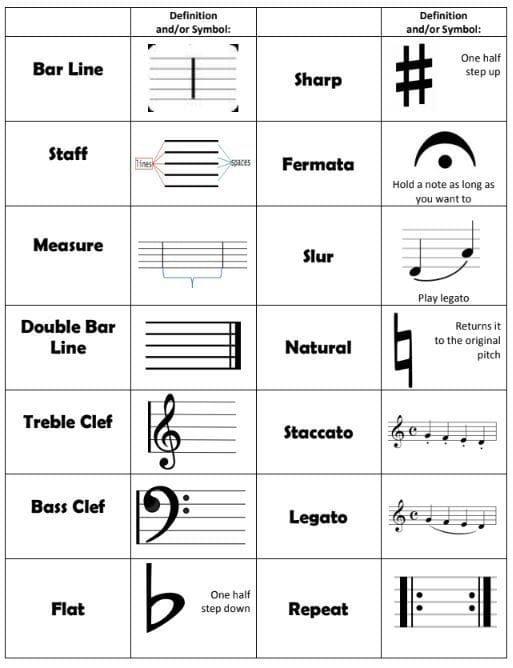step by step first 1 lesson of piano


Learning to play the piano can be a rewarding and enjoyable experience. Here is a step-by-step guide for your first lesson:
- Familiarize yourself with the piano: Sit on the bench and get comfortable. Take a look at the piano keys and identify the middle C note. This is usually located at the center of the keyboard.
- Learn the finger numbers: Each finger on your hand has a number, from 1 (thumb) to 5 (pinky). This numbering system is used to help you know which finger to use on each note.
- Learn the basic hand position: Place your right hand on the keyboard with your thumb on the middle C note. Curve your fingers slightly and rest them on the white keys. Your wrist should be level with the keys.
- Practice playing the C Major scale: The C Major scale is made up of eight notes and is a good place to start for beginners. Start with your right hand on the middle C note and play the notes in order, using your fingers 1, 2, 3, 4, 5, 4, 3, 2, 1.
- Try playing a simple song: Once you have practiced the C Major scale, try playing a simple song like “Mary Had a Little Lamb.” The notes are: E D C D E E E, D D D, E G G, E D C D E E E, E D D, E D C D E E E.
- Practice regularly: Learning to play the piano takes practice, so try to set aside a regular time each day to practice. Even if you only have 10-15 minutes, it will help you develop your skills.
Remember to take it slow and not to get discouraged if you make mistakes. With time and practice, you will improve and learn to play more advanced pieces. Good luck with your piano playing journey!
step by step 2 lesson of piano


In your second piano lesson, you will build on the skills and knowledge you gained in your first lesson. Here’s a step-by-step guide for your second lesson:
- Review the basics: Start by reviewing what you learned in your first lesson. Practice playing the C Major scale and the simple song you learned.
- Learn the left hand position: Place your left hand on the keyboard with your little finger (finger 5) on the note C two octaves below middle C. Curve your fingers slightly and rest them on the white keys. Your wrist should be level with the keys.
- Practice playing the left-hand C Major scale: Start with your little finger (finger 5) on the note C two octaves below middle C and play the notes in order, using your fingers 5, 4, 3, 2, 1, 3, 2, 1.
- Learn to read sheet music: Sheet music is the written notation for music. The notes on the lines and spaces represent specific pitches. Start with simple sheet music and practice playing with both hands.
- Practice playing simple songs with both hands: Now that you know how to read sheet music and play with both hands, try playing a simple song with both hands. Start with a simple song that has only a few notes.
- Practice regularly: As always, it’s important to practice regularly. Try to set aside a regular time each day to practice, and don’t forget to have fun!
Remember to take your time and practice each step until you are comfortable before moving on to the next. With practice and patience, you will continue to improve and develop your piano skills. Good luck with your second piano lesson!


step by step 3 lesson of piano
In your third piano lesson, you will continue to build on your skills and knowledge from your previous lessons. Here’s a step-by-step guide for your third lesson:
- Warm-up exercises: Before diving into new material, start with some warm-up exercises to get your fingers moving and your hands warmed up. Try playing some scales and arpeggios, and do some finger exercises.
- Learn a new hand position: In this lesson, you will learn a new hand position. Place your right hand on the keyboard with your thumb on the G note just above middle C. Curve your fingers slightly and rest them on the white keys. Your wrist should be level with the keys.
- Practice playing the G Major scale: The G Major scale is made up of eight notes and is similar to the C Major scale. Start with your right hand on the G note just above middle C and play the notes in order, using your fingers 1, 2, 3, 4, 5, 3, 2, 1.
- Practice playing a song with chords: Chords are groups of three or more notes played together. Practice playing a simple song using chords. You can find sheet music with chords online, or try making your own chords.
- Learn about rhythm: Rhythm is the timing of the music. Learn about different types of rhythms, such as quarter notes, half notes, and whole notes. Practice playing rhythms using a metronome to keep a steady beat.
- Practice regularly: As always, it’s important to practice regularly. Try to set aside a regular time each day to practice, and don’t forget to have fun!
Remember to take your time and practice each step until you are comfortable before moving on to the next. With practice and patience, you will continue to improve and develop your piano skills. Good luck with your third piano lesson!
If you Want More Piano Lessons
Click Here to get Best piano Lessons
how to play piano chords with melody?
Playing piano chords with melody can add depth and complexity to your playing. Here’s a step-by-step guide on how to play piano chords with melody:
Choose a song: Choose a song that you want to play with chords and melody. Look for sheet music that includes both the melody and the chords, or try to figure out the chords by ear.
Learn the chords: Start by learning the chords for the song. Look at the chord symbols above the melody and practice playing the chords with your left hand. Start with simple chords like C Major, G Major, and F Major.
Practice the melody: Once you are comfortable with the chords, practice playing the melody with your right hand. Start with the right hand melody only, without the chords.
Combine the melody and chords: Now that you are comfortable with both the chords and the melody, try playing them together. Start by playing the chords with your left hand and the melody with your right hand.
Experiment with different chord inversions: Experiment with different inversions of the chords to find the ones that sound best with the melody. For example, you can try playing the C Major chord with your left hand in different inversions, like C-G-C, G-C-E, or E-G-C.
Practice regularly: As always, it’s important to practice regularly. Try to set aside a regular time each day to practice, and don’t forget to have fun!
Remember to take your time and practice each step until you are comfortable before moving on to the next. With practice and patience, you will be able to play piano chords with melody like a pro!


This is a good lesson to learn indeed.